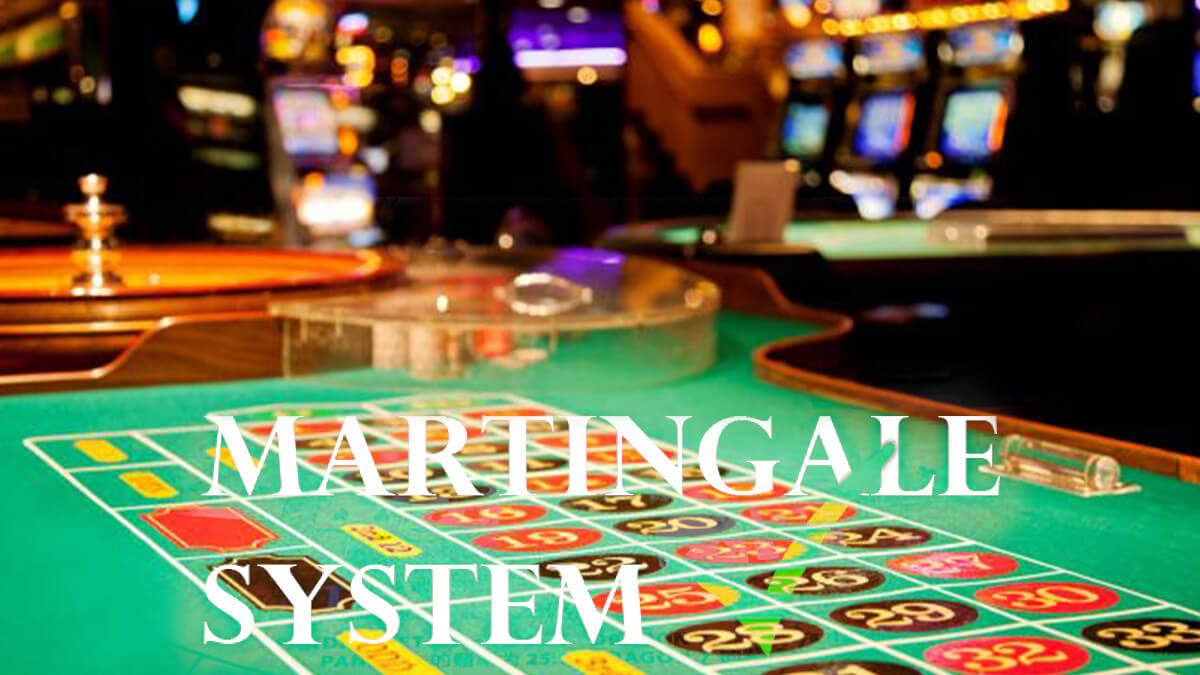Baccarat has become increasingly popular in recent years as a result of decreased betting limits and smaller tables (a.k.a. mini baccarat). The Martingale betting system, which is often used in casino games with even-money bets, is one of the most popular baccarat strategies.
Another reason to enjoy baccarat is that when you bet on the banker hand, the house edge is only 1.06 percent. As a result, baccarat is one of the finest casino wagers.
Is the Martingale a good way to increase your odds of winning in baccarat? Find out as we go over the specifics of how this technique works.
What is Martingale Betting System?
The Martingale is one of the most basic betting techniques available. All you have to do after a loss is double your bet. Following a win, you return to your original stake.
To see how this system works, look at the list below:
- You place a $5 bet and lose (bankroll at -5)
- You place a $10 wager and lose (bankroll at -15)
- You bet $20 and win (with a +5 bankroll)
- You place a $5 bet and lose (bankroll at 0)
- You win a $10 bet (bankroll of +10)
- You win a $5 bet (bankroll of +15)
In the example above, you won three hands and lost three hands. Because baccarat is practically a 50/50 bet with the casino, this is a typical occurrence.
Despite the fact that you won and lost an equal number of hands, the Martingale allowed you to profit by $15.
The benefit of this strategy is that you should theoretically always win back your losses. You also get a tiny profit at the conclusion of each losing run when you win.
Given the benefits, it’s simple to see why the Martingale is so popular. With this gambling strategy, you may theoretically make long-term profits.
However, the Martingale has some severe flaws that must be corrected before you start using it.
Can Baccarat Players Use the Martingale Effectively?
The minimum stake, the table betting limit, and the length of time you play determine how well you do with the Martingale.
In most baccarat games, you’ll reach the table limit after 6-7 loses. However, because they offer low minimum bets and greater table limits, some casinos provide you more leeway in this area.
Losing 8 straight hands across three shoes (180 hands) has a 21.17 percent chance of happening. This is a little better than the possibility of losing seven hands in a row (50.41 percent ).
You have a 15.67% chance of losing nine hands in a row. You’ll get nearly all of your money back if you win the ninth bet, which is worth $5,120.
However, keep in mind that the optimal conditions for applying the Martingale are a $10 minimum bet and a $10,000 maximum stake.
The only thing that could make it better is a no-limit high-stakes baccarat table. However, the disadvantage is that you’ll have to place greater minimum bets, and you’ll need a lot of money to make this work.
The Types of Martingale
We’ve seen how tough it is to apply the Martingale strategy in baccarat. The possibilities of you hitting a table limit and/or losing a big sum of money are great.
In baccarat, though, you might use other variations of this technique. We’ll go through each of these tactics in more detail below.
1. The Anti Martingale
The Anti Martingale (also known as the Reverse Martingale) is the inverse of the Martingale strategy. Instead than doubling your bets after a loss, you do so after a win.
Because you only increase wages after wins, it is a safer option than the Martingale. As a result, you won’t lose a lot of money by doubling your bets all the time.
2. The Grand Martingale
The Grand Martingale strategy requires you to not only double your bets following a loss, but also to add an extra unit. This indicates that after a losing streak, you will make a higher profit.
To begin, you’ll need to create a base unit (e.g., $10 = 1). After you’ve got your base unit, you can go on to the Grand Martingale.
In the end, those are some definitions and types of Martingale betting system. Try your luck in the https://172.105.112.92/ game site and use that strategy!.

